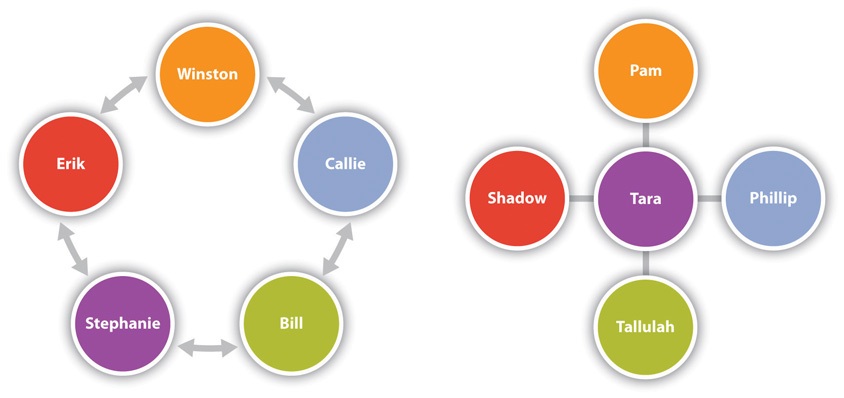Selecting Information
We take in information through all five of our senses, but our perceptual field (the world around us) includes so many stimuli that it is impossible for our brains to process and make sense of it all. So, as information comes in through our senses, various factors influence what actually continues on through the perception process. Susan T. Fiske and Shelley E. Taylor, Social Cognition, 2nd ed. (New York, NY: McGraw Hill, 1991). Selecting is the first part of the perception process, in which we focus our attention on certain incoming sensory information. Think about how, out of many other possible stimuli to pay attention to, you may hear a familiar voice in the hallway, see a pair of shoes you want to buy from across the mall, or smell something cooking for dinner when you get home from work. We quickly cut through and push to the background all kinds of sights, smells, sounds, and other stimuli, but how do we decide what to select and what to leave out?
Figure 2.1 The Perception Process

We tend to pay attention to information that is salient. Salience is the degree to which something attracts our attention in a particular context. The thing attracting our attention can be abstract, like a concept, or concrete, like an object. For example, a person’s identity as a Native American may become salient when they are protesting at the Columbus Day parade in Denver, Colorado. Or a bright flashlight shining in your face while camping at night is sure to be salient. The degree of salience depends on three features. Susan T. Fiske and Shelley E. Taylor, Social Cognition, 2nd ed. (New York, NY: McGraw Hill, 1991), 186. We tend to find salient things that are visually or aurally stimulating and things that meet our needs or interests. Lastly, expectations affect what we find salient.